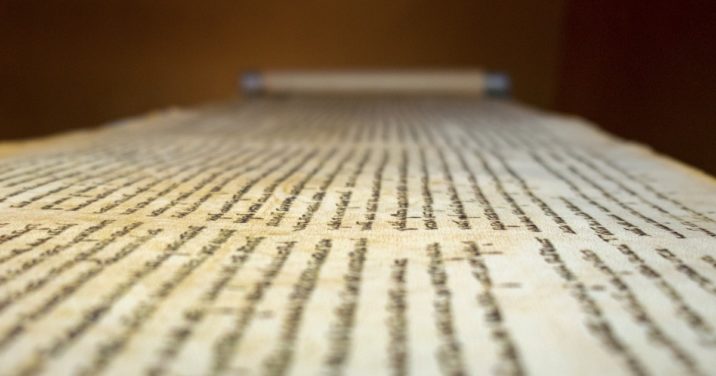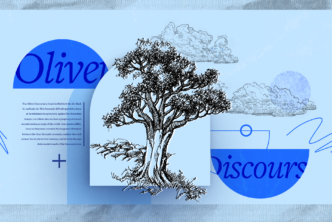Many people know a little about the Dead Sea Scrolls (DSS), but fewer people understand just how revolutionary the scrolls have been to our modern study of the Old Testament.
In the below excerpt from the January-February issue of Bible Study Magazine, Jeremy D. Lyon explores why the Dead Sea Scrolls are so important—and what their discovery means to Christians today.
***
The year 2022 marks 75 years since the Dead Sea Scrolls, hidden for 2,000 years, began to be uncovered. Between 1947 and 1956 roughly nine hundred manuscripts, dated 250 BC to AD 68, were discovered in eleven caves around Qumran, along the northwestern shore of the Dead Sea. During the 1950s and 1960s, ancient scrolls were also found at other locations in the Judean Desert such as Wadi Murabba’at, Nahal Hever, and the ancient fortress of Masada.
Among these manuscripts from Qumran and other locations were Jewish religious writings and biblical books. These largely fragmentary manuscripts, collectively known as the Dead Sea Scrolls, have transformed our understanding of Second Temple Judaism and have shed ancient light on the text and interpretation of the Hebrew Bible (Old Testament).
Let’s take a look at how the biblical scrolls from Qumran have impacted our understanding of the history of the biblical text.
Manuscripts from the Torah found at Qumran1
| Book | Manuscripts Found |
| Genesis | 20 or 21 |
| Exodus | 20 |
| Leviticus | 15 or 17 |
| Numbers | 9 or 10 |
| Deuteronomy | 35 |
The biblical scrolls
Over 200 scrolls from the Qumran caves are portions of the Bible itself, representing every book of the Hebrew Bible except Esther. These manuscripts, however, are largely fragmentary, with some preserving rather substantial amounts of text and others preserving only very small amounts. The only virtually complete copy of a biblical book from Qumran is the Great Isaiah Scroll, which is dated to c. 125 BC, also making it the oldest known copy of the book of Isaiah. Not surprisingly, the Torah is well represented by approximately one hundred manuscripts from Qumran.
Other biblical books attested by numerous copies include the book of Isaiah (21) and the Psalter (34 or 36). These ancient biblical scrolls from Qumran represent our oldest biblical manuscripts and are extremely valuable, filling a major gap in the history of the biblical text and providing a window into the condition of the text during what is called the Second Temple period.2
The Dead Sea Scrolls and the Masoretic Text
Prior to the discoveries of the Dead Sea Scrolls, the earliest available Hebrew manuscripts of the Old Testament were from the medieval period. In fact, the oldest complete copy of the Hebrew Bible, which modern Hebrew and English Bibles are based upon, is the Leningrad Codex (dated to AD 1008). This is an excellent representative of the medieval Masoretic Text (mt) tradition, a tradition in which scribes, known as the Masoretes, meticulously copied the sacred text of Scripture that had been handed down for centuries. However, none of the earlier copies of biblical books from the Second Temple period were known to have survived—that is, until the discoveries of the Dead Sea Scrolls.
The biblical scrolls from Qumran, dated 250 BC to AD 68, take the dating of available biblical manuscripts back a thousand years or more. Remarkably, many of these ancient scrolls closely match the medieval Masoretic Text tradition, which modern Hebrew and English Bibles are based upon, confirming the biblical text has been faithfully preserved for all these centuries. For example, 4QGenb is a rare and significant Genesis manuscript, dating to the first century AD and preserving most of the creation account (Gen 1:1–28). This manuscript is virtually identical to the medieval Masoretic Text, demonstrating the faithful scribal transmission of the text over the centuries.3 In other words, when we read the text of the Genesis creation account today, which is based on the Masoretic Text, we are reading the same text that people were reading 2,000 years ago during the Second Temple period.4
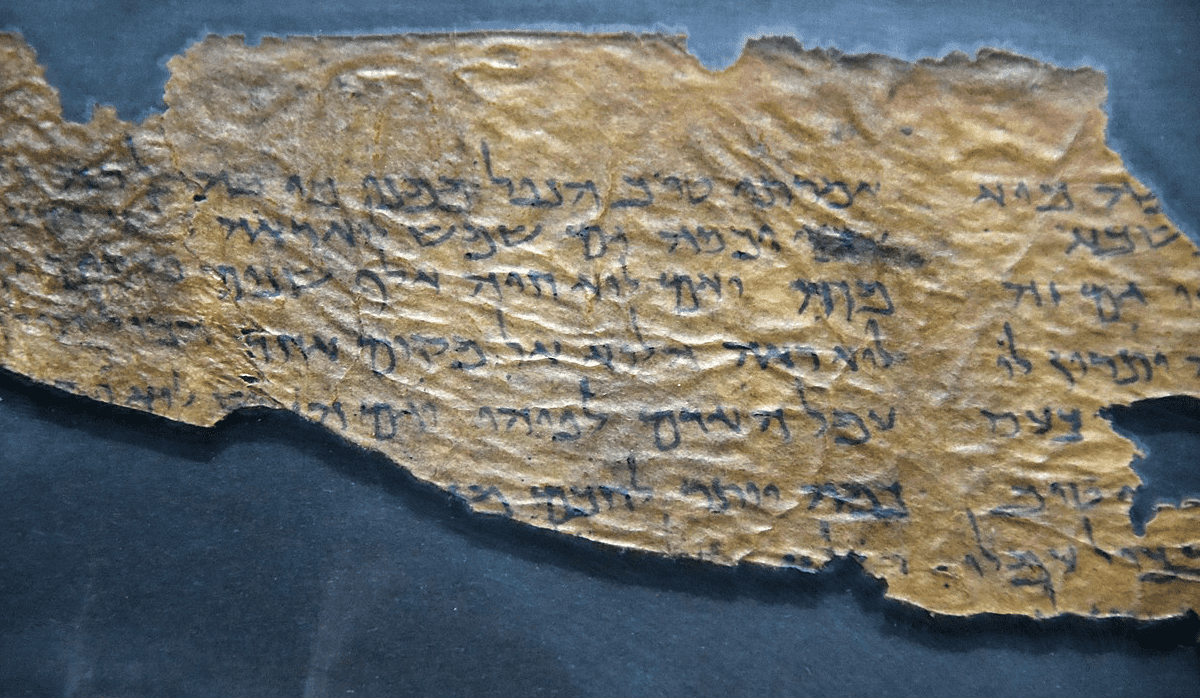
The Dead Sea Scrolls and the Septuagint
The scrolls also shed light on the ancient Greek translation(s) of the Hebrew Bible known as the Septuagint (LXX), which differs at times from the Masoretic Text. Most differences between the two are minor, such as the addition or changing of an individual word. Such differences rarely change the meaning of the text in question. However, there are also large-scale differences—such as additions or omissions of whole sections of text and, in some cases, reordering of entire sections of texts within a book (such as Jeremiah). Notably, the New Testament often quotes the Greek translation of the Hebrew Bible. But is the Septuagint a reliable translation?
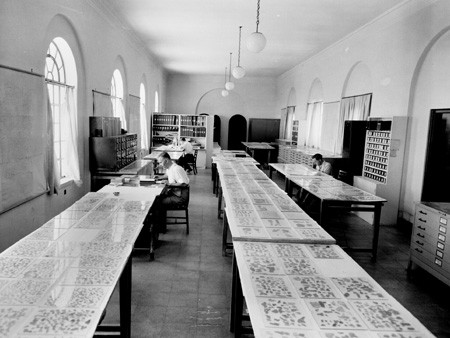
Some of the biblical scrolls from Qumran reveal the existence of a Hebrew base text for readings found in the Greek translation, suggesting the Septuagint is a faithful translation of a Hebrew text that existed during that time. For example, two Jeremiah manuscripts, 4QJerb and 4QJerd, attest to a Hebrew text tradition underlying the Greek version of Jeremiah—a shorter text with some sections of text arranged in an order different from mt. Simply put, the variant readings attested in the biblical scrolls from Qumran indicate that the Septuagint translator(s) carefully worked from a Hebrew text tradition that differed from the Masoretic Text.
The Dead Sea Scrolls and the Samaritan Pentateuch
A few of these ancient manuscripts even reflect another Hebrew text known as the Samaritan Pentateuch (SP), which is a deliberate revision or recension of the early Hebrew text tradition attested at Qumran (and preserved in the later mt). This alternate Hebrew text edition of the Torah often expands certain texts by inserting parallel material from other passages in the Torah and even includes a few “sectarian” additions—additions made by splinter groups, such as a command to worship at Mount Gerizim (as reflected in Jesus’s discussion with the Samaritan woman in John 4).
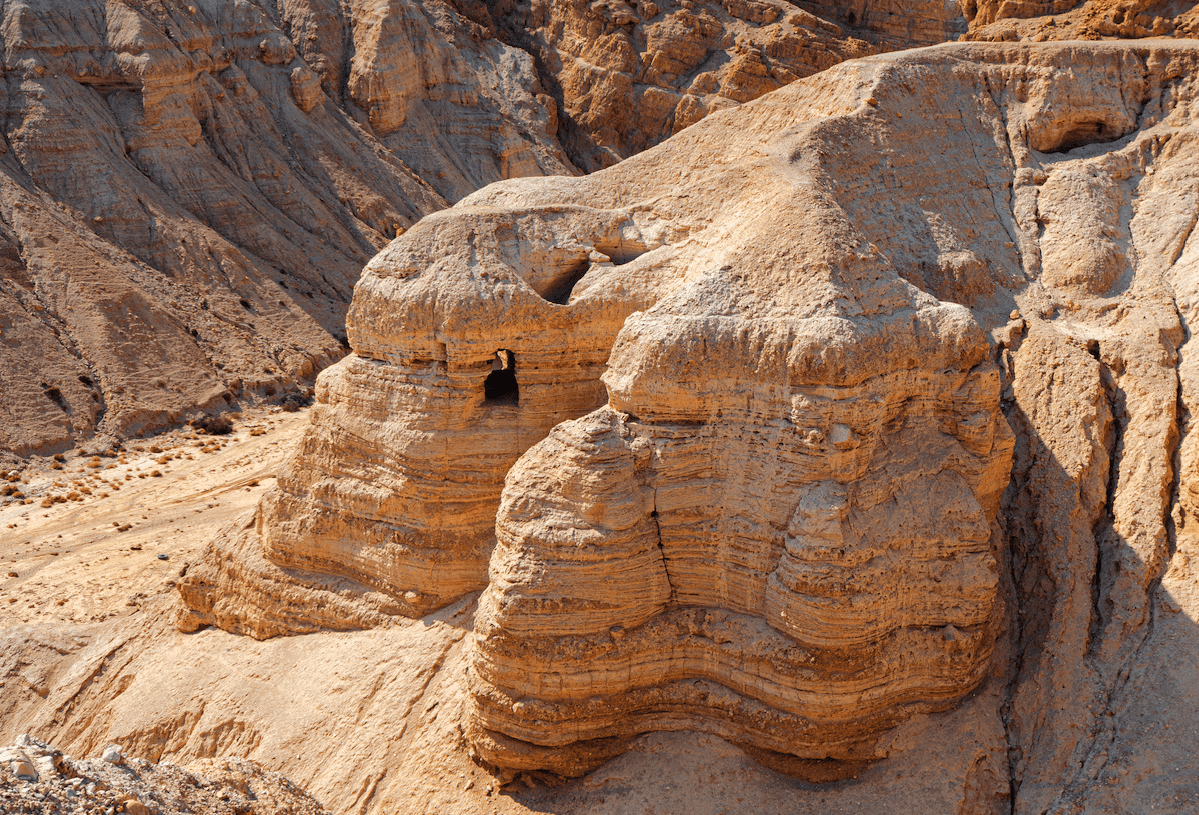
Before the discoveries of the Dead Sea Scrolls, we possessed only relatively late copies of the SP. Thus, the Qumran scrolls provide a unique glimpse into the condition of this textual witness in antiquity. For example, 4QpaleoExodm is a relatively well-preserved Exodus manuscript written in the “old” or “paleo” Hebrew script and is dated to the first century BC. This manuscript is closely related to the Samaritan Pentateuch, including textual expansions, but it lacks the sectarian readings that were added due to certain beliefs of the Samaritan community. This suggests that the sectarian readings of the Samaritans may have been a later alteration to an expansionistic text edition of the Torah that was already known in antiquity and apparently used by other communities.
Why are the Dead Sea Scrolls important?
The Dead Sea Scrolls preserve, by far, our oldest copies of biblical manuscripts. The text tradition preserved in the medieval Masoretic Text is well attested in these ancient biblical manuscripts from Qumran, demonstrating quite forcefully the faithful transmission of the text over the centuries. But these scrolls also attest to a variety of text traditions that existed during the Second Temple period. In other words, the text tradition preserved in the mt existed alongside other text traditions at Qumran.
While the biblical scrolls from Qumran do confirm the reliability of the biblical text, the other text traditions, with their variant readings, also present wonderful and exciting challenges as we seek to better understand the text of Scripture.
***
This excerpt by Jeremy D. Lyon about why the Dead Sea Scrolls are important was adapted from the January/February issue of Bible Study Magazine.
Related articles
- Study the Dead Sea Scrolls
- What the Dead Sea Scrolls Can Teach Us about the Annunciation
- This Recent Dead Sea Scrolls Discovery May Impact Septuagint Studies
- Do the Dead Sea Scrolls Answer the Canon Question?
- The Profound Implications of the New Dead Sea Scrolls Discovery
Related resources
- The Dead Sea Scrolls (12 hour course) – by Andrew Perrin
- The Genesis Creation Account in the Dead Sea Scrolls – by Jeremy D. Lyon
- The Dead Sea Scrolls Bible (DSS) – by Peter W. Flint
- Religion in the Dead Sea Scrolls – by Robert A. Kugler
- The Meaning of the Dead Sea Scrolls – by James C. VanderKam
- This count is taken, with some modifications, from Emanuel Tov, Revised Lists of the Texts from the Judaean Desert (Leiden: Brill, 2010), 113–17. See also Sidnie White Crawford, “Interpreting the Pentateuch through Scribal Processes: The Evidence from the Qumran Manuscripts,” in Insights into Editing in the Hebrew Bible and the Ancient Near East, eds. Reinhard Müller and Juha Pakkala (Leuven: Peeters, 2017), 63–64.
- The Second Temple period generally refers to the period of Jewish history beginning with the dedication of the Second Temple around 516 BC and ending with its destruction by the Romans in AD 70.
- 4QGenb is virtually identical to mt, with only one orthographical (spelling) variant.
- For more discussion on this manuscript, along with other Genesis manuscripts, see Jeremy D. Lyon, The Genesis Creation Account in the Dead Sea Scrolls (Eugene, OR: Pickwick, 2019), 7–33.

